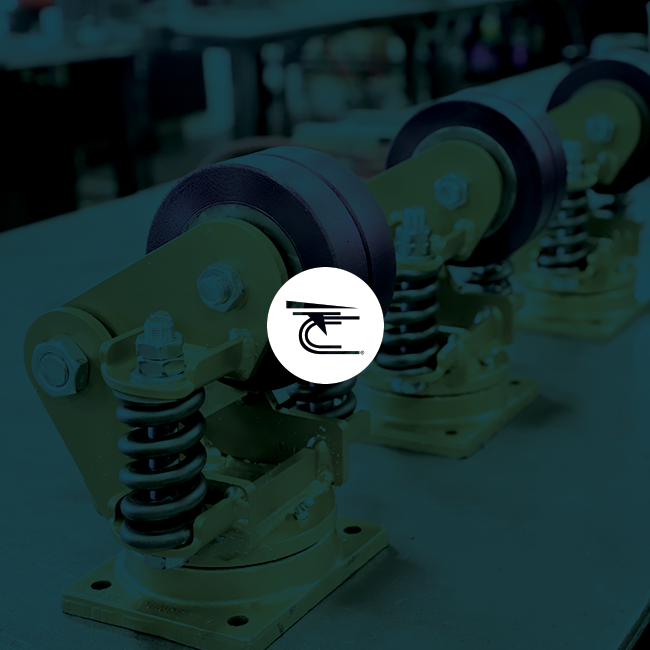

5 Things to Consider when Mass-Replacing Your Industrial Casters
Mass-replacing your industrial casters is a good idea from time to time, especially if your maintenance costs have begun to skyrocket or your current casters have reached the end of their expected lifespan. However, before you start replacing your casters, take the five following considerations to heart. It should make the process simpler in the long run.
#1 – Maintenance Requirements
If you’re ordering hundreds of casters for dozens of carts and racks, maintenance – and namely lubrication – can be a real pain. Going around and oiling up the bearings in hundreds of casters takes a long time, and it can result in a great deal of downtime. Maintenance-free casters never need lubricating, and while you may pay a little more for them up front, the amount you will save in maintenance costs and downtime will more than make up for it.
#2 – Maximum Load Size
All too often, companies fail to properly calculate their maximum load size, and this can lead to serious problems after the new casters are installed. The best way to do this is to consider your industry and the likelihood that human error may result in overloading. For this reason, the recommended or ideal load size is not always the actual load size, so if necessary, add a few hundred pounds per caster to find your maximum. Understand that this could change the size of the caster in some situations, however.
#3 – Ergonomics
Many of today’s casters are ergonomic, and this means that their unique design helps your employees do their jobs more efficiently. Thanks to special wheel shapes and tread compounds, it is possible to reduce the friction between the wheels and the floor by anywhere from 25% to 40%. In some cases, even 50! These push force reductions make it much simpler for your employees to move loads. This will increase productivity and ultimately your bottom line, so be sure that you take ergonomics seriously.
#4 – Noise
Noise is a serious issue in workplaces across the globe, and you don’t want your brand-new casters to make it any worse. Fortunately, many of today’s newest designs will actually reduce noise in the workplace, making it a better overall environment and reducing the risk of hearing loss in the future. These casters reduce vibrations, too, so that makes them ideal for applications in which you need to move fragile loads.
#5 – The Environment
Last, but most certainly not least, you will need to think about the environment in which the casters will be used. Is it wet or damp? Is the floor smooth? Will the loads be moved outdoors over uneven surfaces? Are there chemicals anywhere? These things can all have a huge impact on the life of your caster, so choosing the right ones based on the answers to these questions is critical.
Mass-replacing your industrial casters might be a bit of an expense at first, but if you keep these five things in mind and make the right choices, it will become an investment that will pay for itself many times over. Safety, productivity, and revenue will all increase when you make the right decisions.